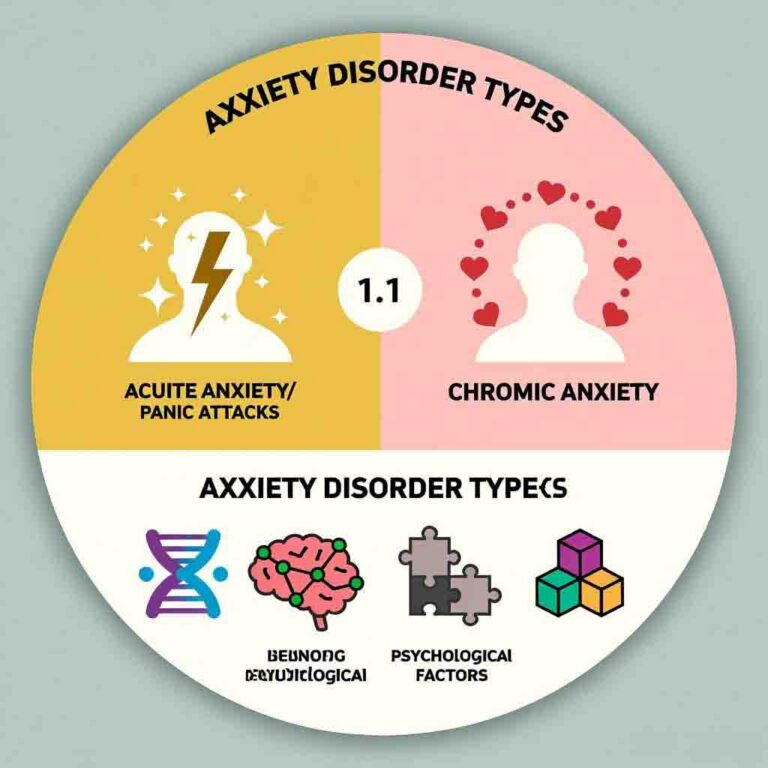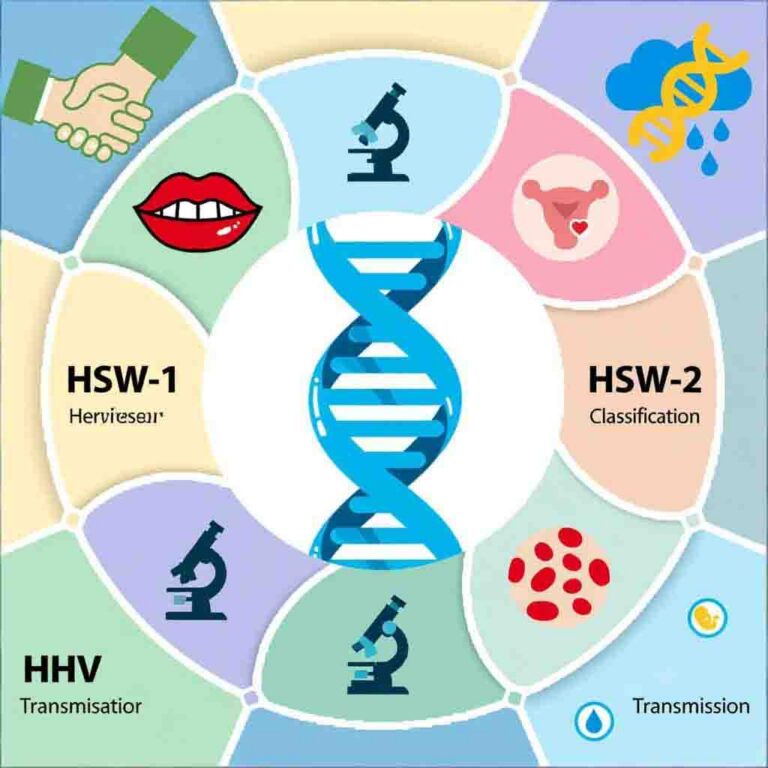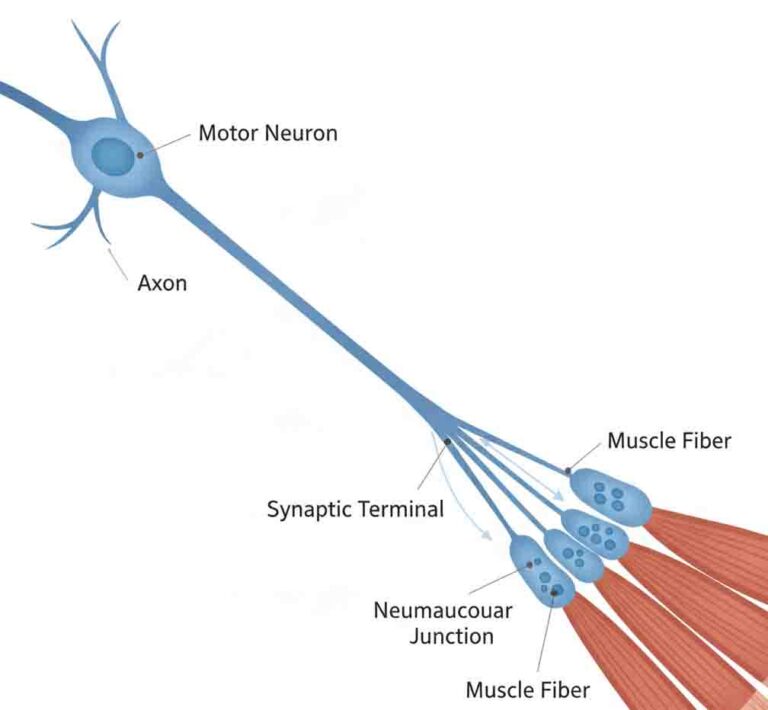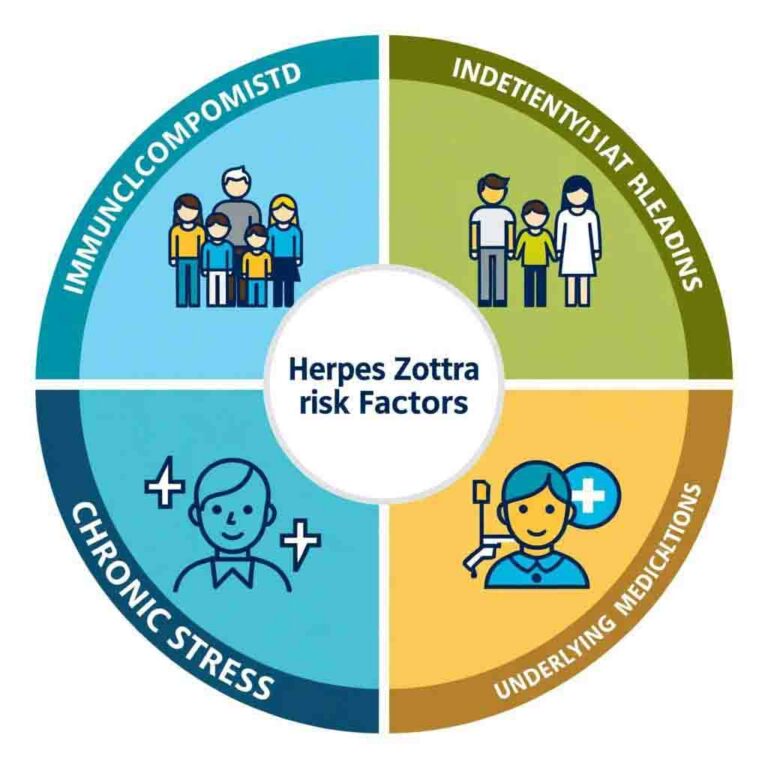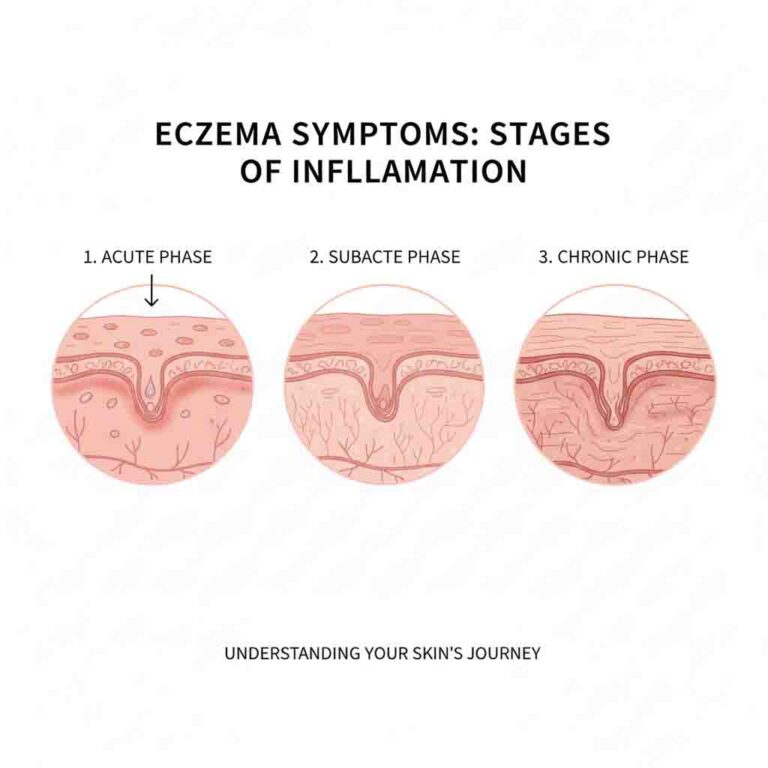Fatty Liver: A Guide to Understanding and Management
Fatty liver disease is a common condition characterized by an excessive buildup of fat in liver cells. It’s often a silent condition with few or no symptoms in its early stages. The good news is that fatty liver is often reversible with early intervention and positive lifestyle changes.
What is Fatty Liver?
There are two main types of fatty liver disease:
-
Non-alcoholic Fatty Liver Disease (NAFLD): This occurs in people who drink little to no alcohol. It’s linked to metabolic factors like obesity, insulin resistance, and high cholesterol.
-
Alcoholic Fatty Liver Disease (AFLD): This is caused by heavy alcohol consumption. It’s the earliest stage of alcohol-related liver disease and can be reversed by stopping alcohol intake.
If left unaddressed, both types can progress to more serious liver inflammation, scarring (cirrhosis), and liver failure.
Common Symptoms to Watch For
Fatty liver is often asymptomatic. However, some people may experience:
-
Fatigue and tiredness
-
Discomfort or a dull ache in the upper right abdomen
As the condition advances, more severe symptoms like jaundice (yellowing of the skin and eyes) may appear. It’s crucial to consult a healthcare professional for an accurate diagnosis if you experience any persistent symptoms.
Root Causes and Risk Factors
The development of fatty liver is influenced by several factors:
-
Metabolic Syndrome: This is the most significant risk factor for NAFLD and includes conditions like obesity, type 2 diabetes, and high blood lipids.
-
Heavy Alcohol Use: This is the direct cause of AFLD.
-
Rapid Weight Loss: Paradoxically, losing weight too quickly can contribute to fat deposition in the liver.
-
Genetic Predisposition: Your family history can play a role in your susceptibility.
How is Fatty Liver Diagnosed?
Fatty liver is often first suspected based on routine blood tests showing elevated liver enzymes. Diagnosis is typically confirmed through imaging studies, such as:
-
Abdominal Ultrasound: A painless test that uses sound waves to create images of the liver.
-
Transient Elastography (FibroScan®): A specialized ultrasound that measures liver stiffness, assessing potential scarring.
In some cases, a liver biopsy may be recommended for a definitive diagnosis.
Lifestyle Changes for a Healthier Liver
The primary and most effective treatment for fatty liver involves lifestyle modifications. Since the condition is reversible, these steps are crucial:
-
Adopt a Balanced Diet:
-
Focus on whole foods: fruits, vegetables, whole grains, and lean proteins.
-
Reduce intake of processed foods, saturated fats, and refined sugars (especially high-fructose corn syrup).
-
Incorporate healthy fats from sources like olive oil, nuts, and avocados.
-
-
Engage in Regular Physical Activity:
-
Aim for at least 150 minutes of moderate-intensity exercise (like brisk walking, cycling, or swimming) per week.
-
Exercise helps reduce liver fat and improve insulin sensitivity.
-
-
Achieve and Maintain a Healthy Weight:
-
Even a modest weight loss of 5-10% of your total body weight can significantly reduce liver fat.
-
-
Avoid Alcohol:
-
For those with AFLD, complete abstinence is essential. For NAFLD, it’s best to avoid or strictly limit alcohol.
-
Important Disclaimer
The information provided here is for educational and informational purposes only and is not intended as medical advice. It is not a substitute for professional medical advice, diagnosis, or treatment. Always seek the advice of your physician or another qualified health provider with any questions you may have regarding a medical condition. Never disregard professional medical advice or delay in seeking it because of something you have read on this website.



